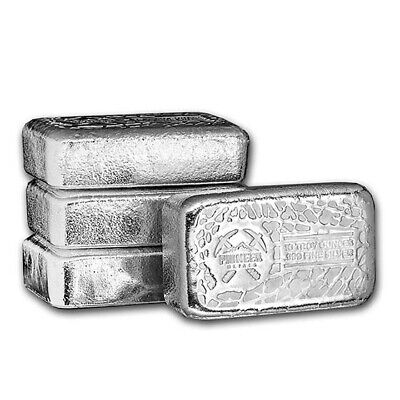Understanding the concepts of spot price and premiums is essential in the world of coin collecting and investing. These terms are fundamental in determining coins’ actual value, whether they are bullion or numismatic pieces. This article aims to clarify these concepts, explain why premiums exist, and offer strategies for purchasing coins, particularly for investors interested in buying larger quantities.

What is Spot Price?
The spot price is the current market price at which gold and silver can be bought or sold for immediate delivery. It is determined by the global markets and fluctuates constantly based on supply and demand dynamics. For investors and collectors, the spot price is a critical indicator of a coin’s intrinsic metal value at any given moment.
Live spot prices are readily available from various financial news services. For up-to-date information, Kitco provides live spot prices to help you stay informed about market trends.
What are Premiums?
Premiums are the additional costs over the spot price that buyers pay when purchasing coins or bullion. These costs account for several factors, including manufacturing, distribution, and dealer fees. Premiums vary widely depending on the type of coin and its market demand.
Bullion Premiums
Bullion coins, primarily valued for their metal content, generally have lower premiums than numismatic coins. However, the premiums can still vary depending on factors.
The cost of producing bullion coins includes expenses for minting and transportation, which are factored into the price buyers pay. Additionally, market demand plays a significant role in determining premiums.
Coins in high demand often command higher premiums due to their popularity among investors and collectors. On the other hand, the quantity purchased can influence pricing.
Buying in bulk typically reduces the premium per coin, as larger orders allow for cost efficiencies passed on to the buyer.
Numismatic Premiums
Numismatic coins, collected for their rarity, age, and historical significance, often carry higher premiums.
The rarity of a coin plays a significant role in determining its premium. Coins with limited mintage or notable historical importance often carry higher premiums due to their scarcity and appeal among collectors.
Additionally, the condition of a coin is a crucial factor; those in pristine condition, such as those graded MS-70 or PF-70, typically command higher premiums because of their flawless quality.
Popularity also influences premiums, as coins with a solid collector base or significant historical or cultural appeal tend to be more sought after, driving up their market value.
Why Do Premiums Exist?
Premiums exist primarily to cover the costs of producing and distributing the coins. In addition to manufacturing expenses, dealers must also account for marketing, storage, and shipping costs. Furthermore, premiums are influenced by market dynamics such as supply and demand, geopolitical stability, and economic conditions.
Strategies for Finding the Best Deals
Understanding spot prices and premiums is crucial for investors looking to maximize their purchases.
When investing in bullion coins, monitoring spot prices closely is essential. Reliable sources like Kitco provide up-to-date information, helping you make informed buying decisions based on the current market rate of gold or silver. Additionally, comparing dealer premiums is crucial, as different dealers offer varying rates. Platforms like APMEX can help you identify competitive premiums and ensure you get the best deal.
Purchasing in bulk is another effective strategy for reducing costs. Buying larger quantities often lowers the per-unit premium, offering better value overall. Timing your purchase is equally essential; buying during market dips can minimize premiums and maximize the return on your investment.
Finally, pay attention to the cost of storing your coins. Secure storage options, whether at home or in professional vaults, can impact your overall investment costs and should be factored into your budget. Considering these factors, you can optimize your bullion investments for maximum value.
Conclusion
Understanding the difference between spot prices and premiums is essential for anyone interested in buying coins, whether for investment or collection. Recognizing the factors influencing premiums helps you make informed purchasing decisions and secure better deals. You can navigate the coin market more effectively by monitoring market trends, comparing dealer offers, and considering bulk purchases. Use resources like Kitco for live spot prices and APMEX for premium guides to enhance your buying strategy and optimize your investment.